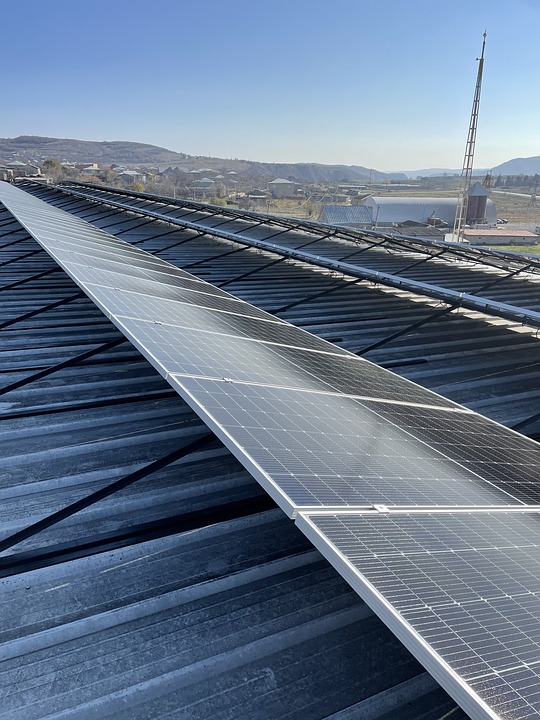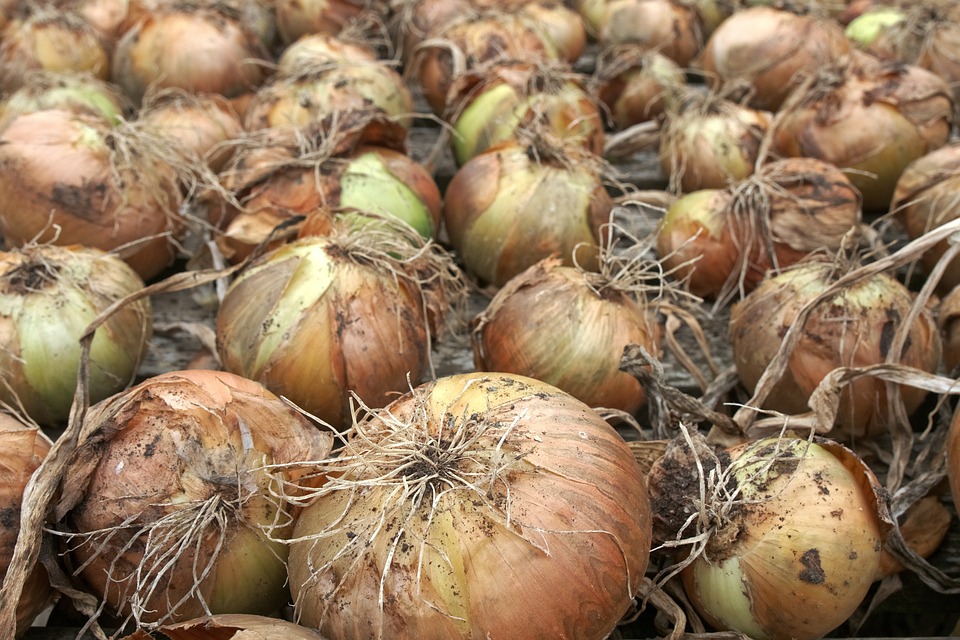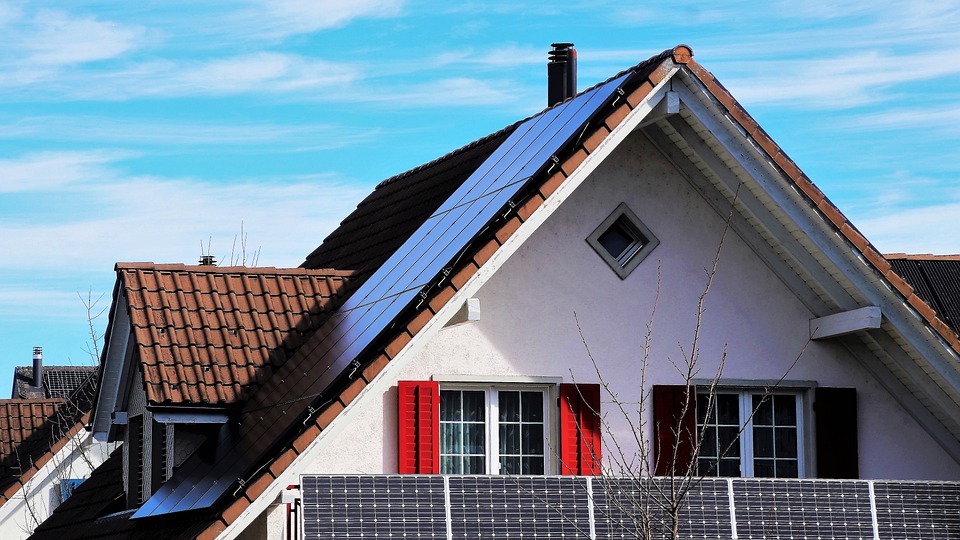How to Use Permaculture Principles in Your Garden Design for a Sustainable Landscape
As someone who loves sustainable farming and gardening, I have spent years implementing permaculture principles in my garden design to create a sustainable landscape. Permaculture is a design system that aims to create stable, productive ecosystems that provide for human needs while benefiting the environment. By using permaculture principles in your garden design, you can create a beautiful, productive, and sustainable landscape that can provide food, medicine, and other resources for yourself and your community. In this article, I will share with you some fun and upbeat ways to use permaculture principles in your garden design to create a sustainable landscape that is both beautiful and productive. One of the key principles of permaculture is to observe and interact with the natural environment. When designing your garden, take the time to observe your surroundings and get to know the natural features of the land. This could include the direction of the sun, the type of soil, and the natural water flow on your property. By taking the time to observe and interact with your environment, you can design a garden that works with the natural features of the land, rather than against them. Another important permaculture principle is to design from patterns to details. This means that when designing your garden, you should look at the big picture first and then work your way down to the details. Start by considering the overall layout of your garden, including where you want to place your beds, pathways, and water features. Once you have the overall layout in place, you can then start to think about the specific details, such as the types of plants you want to include and how to arrange them in a way that maximizes their potential. A fun and upbeat way to incorporate permaculture principles into your garden design is to create a polyculture garden. Instead of planting just one type of plant in each bed, try mixing different types of plants together in the same bed. This mimics the diversity of natural ecosystems and can help to create a more stable and productive garden. For example, you could plant a mix of herbs, vegetables, and flowers all together in the same bed. Not only does this create a visually interesting garden, but it can also help to improve soil health and reduce the risk of pests and diseases. In addition to creating a polyculture garden, you can also use permaculture principles to design your garden in a way that maximizes the use of space. For example, you could use vertical gardening techniques to make the most of limited space. This could include growing climbing plants such as cucumbers, beans, or even small fruit trees on trellises or other vertical structures. By using vertical space, you can maximize the amount of food you can grow in a small space, while also creating a visually interesting and productive garden. Pro tips: – When designing your garden, consider using native plants that are well-suited to your local climate and soil conditions. Native plants are adapted to the local environment and can be easier to care for, while also providing habitat and food for local wildlife. – Consider incorporating water-saving techniques into your garden design, such as using rain barrels to collect rainwater for irrigation or planting drought-tolerant plants that require less water. In conclusion, by using permaculture principles in your garden design, you can create a sustainable landscape that is beautiful, productive, and beneficial for the environment. By observing and interacting with the natural environment, designing from patterns to details, creating polyculture gardens, and maximizing the use of space, you can create a garden that provides for your needs while benefiting the environment. So why not give it a try and see how you can use permaculture principles to create a sustainable garden landscape that you can be proud of!










